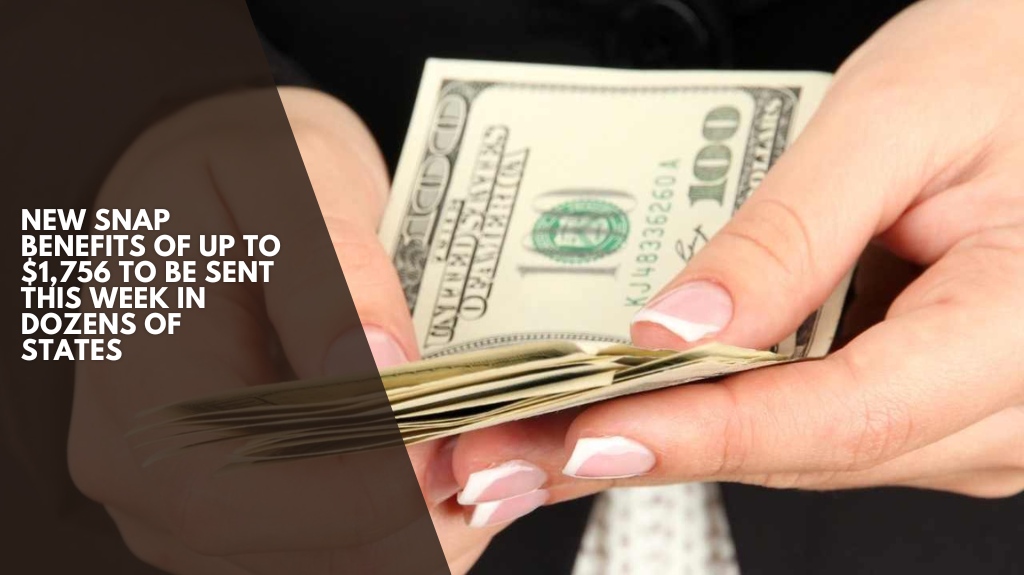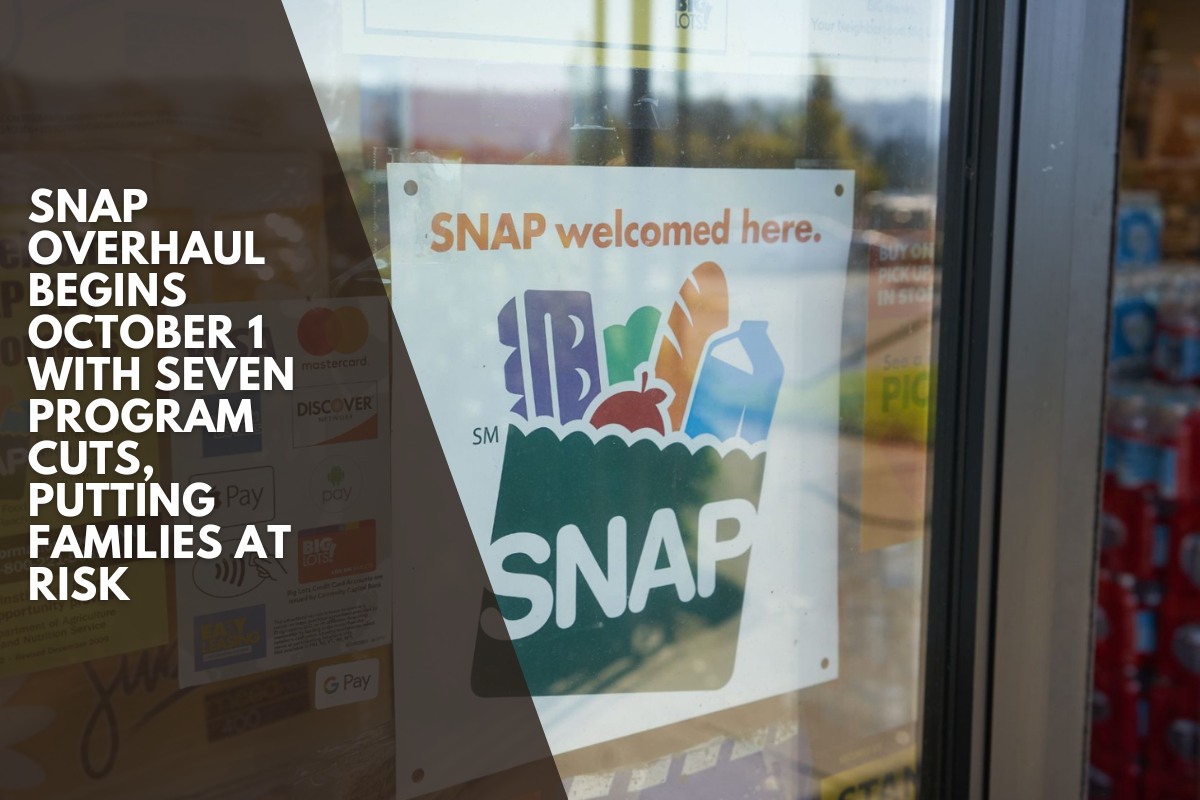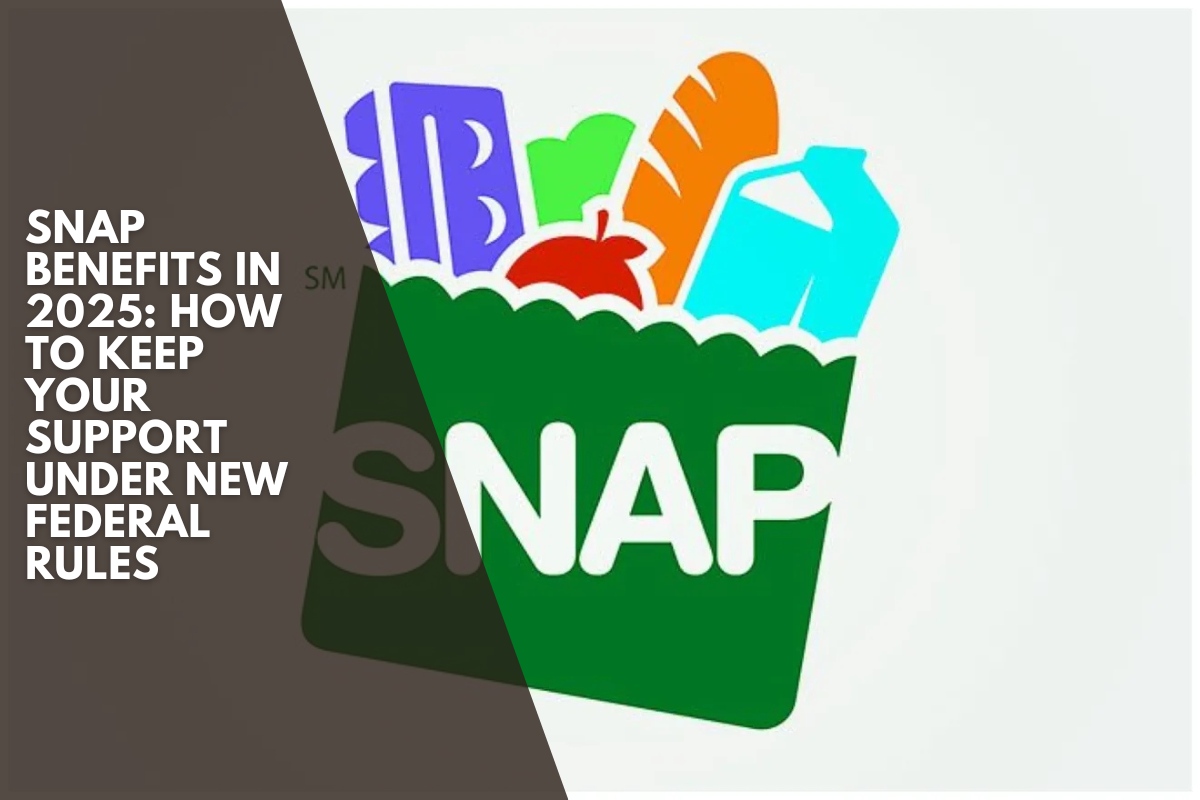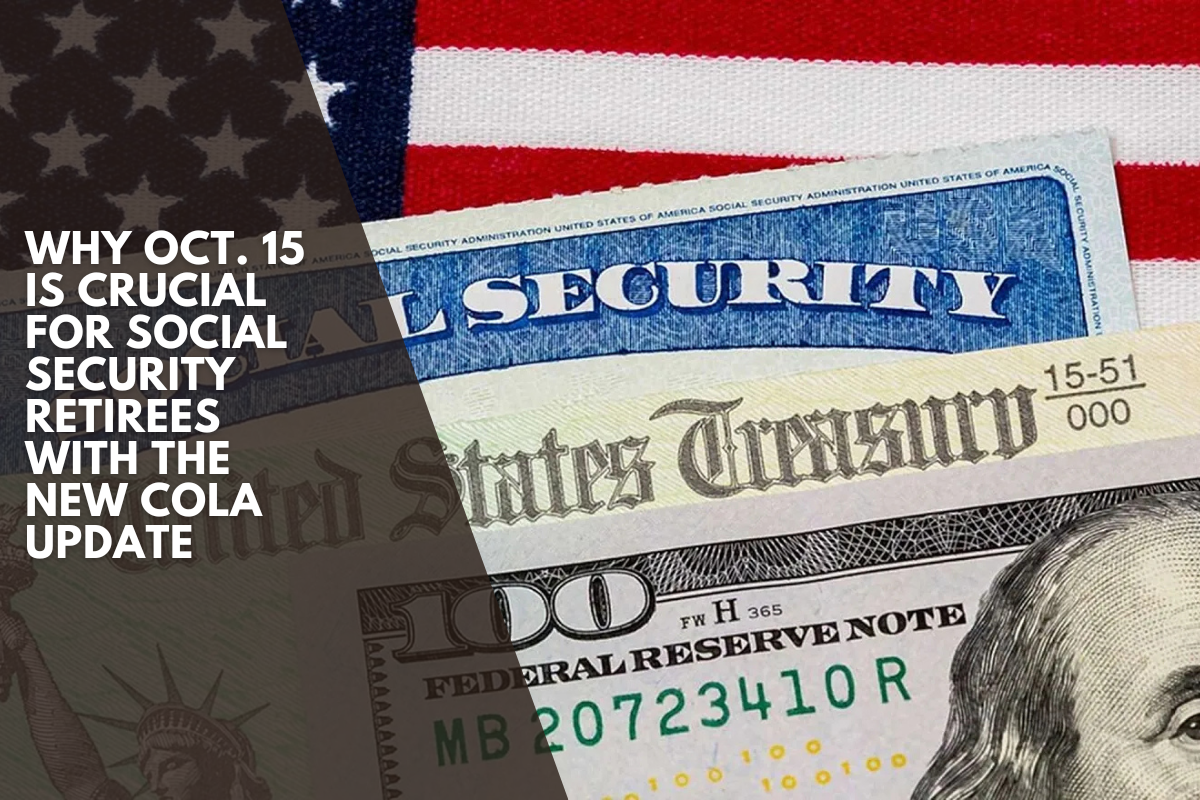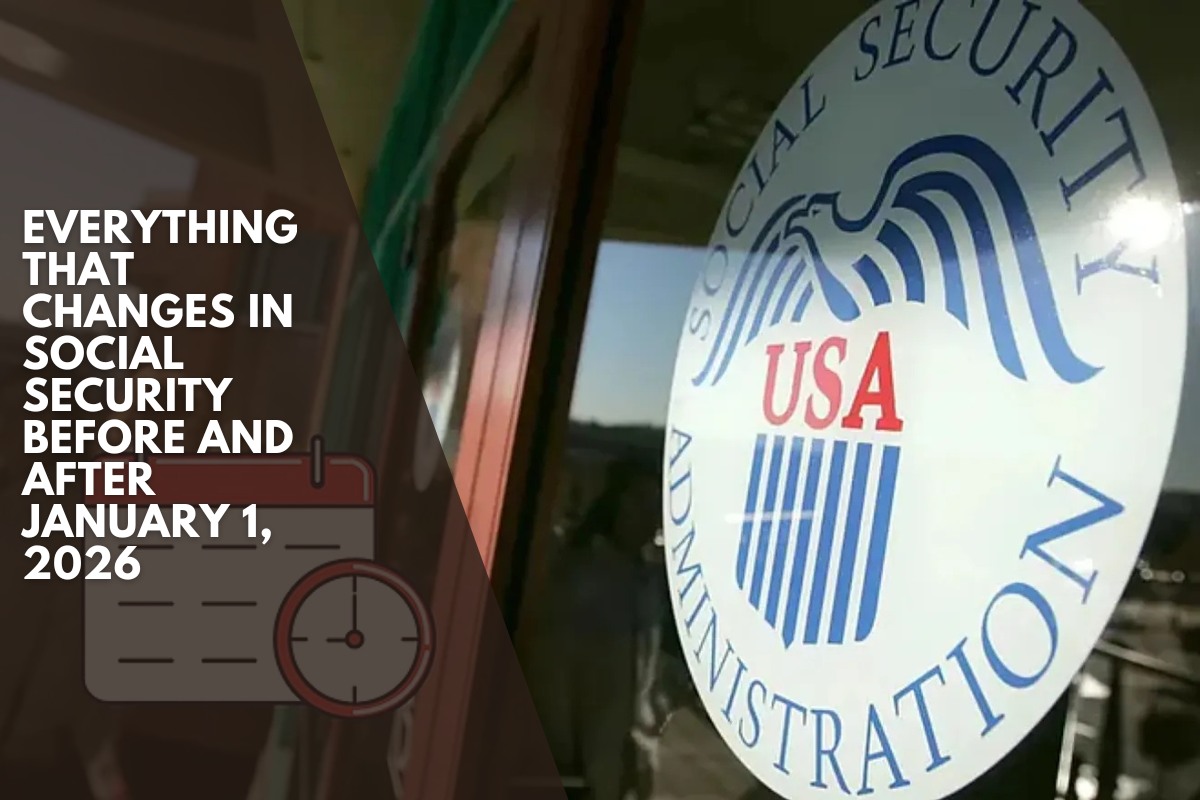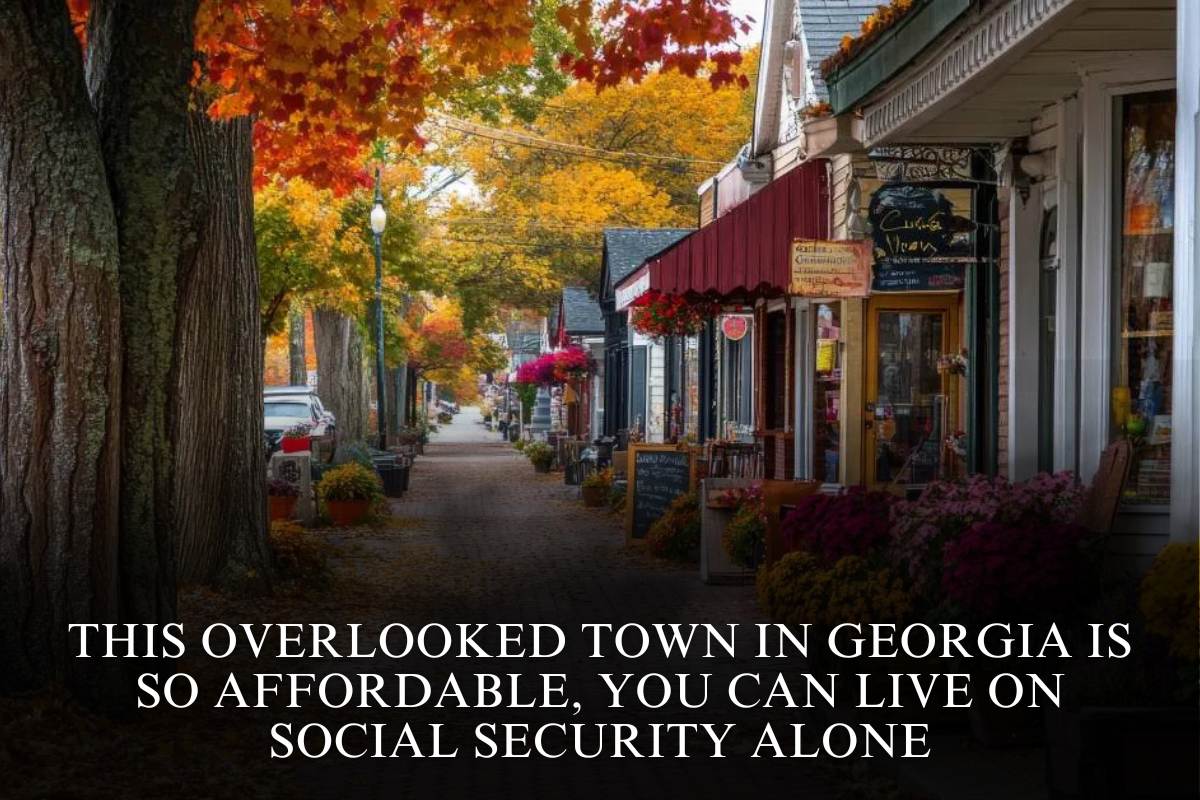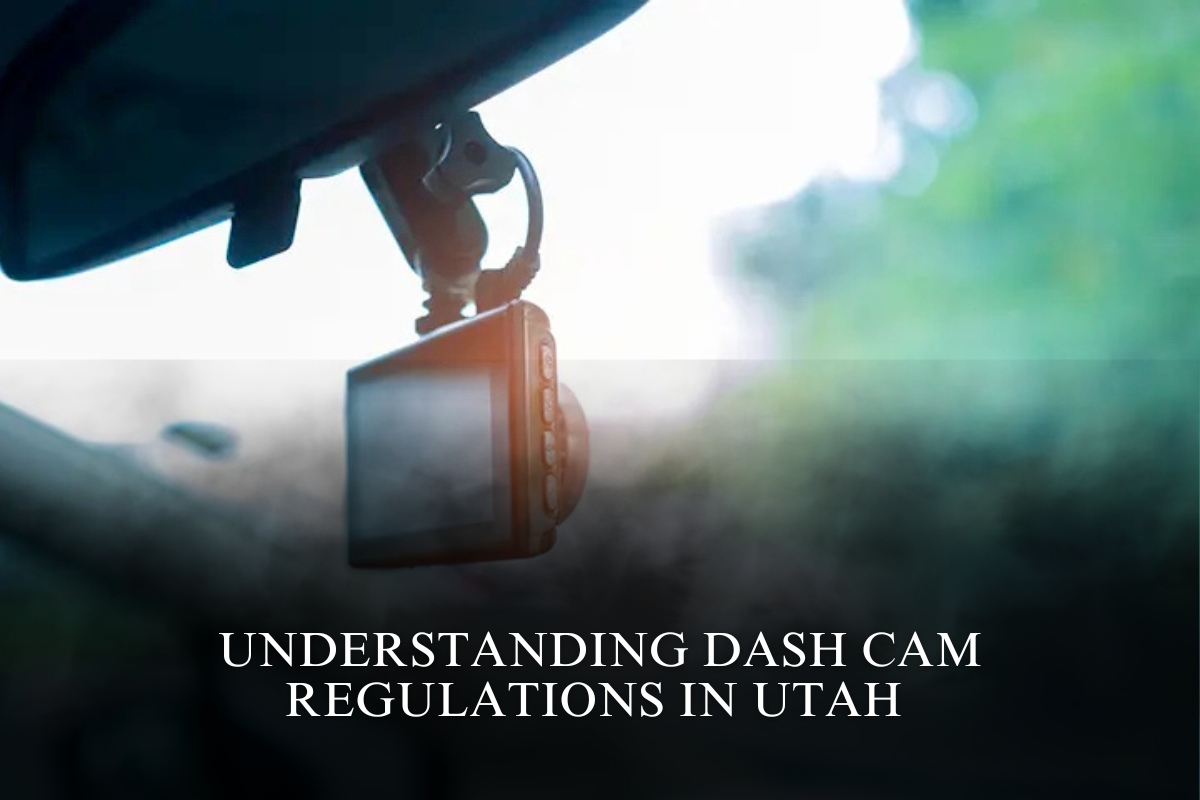Amid ongoing economic challenges for many American families, SNAP (Supplemental Nutrition Assistance Program) benefits remain a crucial lifeline. More than just “food stamps,” SNAP represents the U.S. federal government’s commitment to supporting low-income families in accessing nutritious food each month.
The U.S. Department of Agriculture (USDA) administers the SNAP program, which provides electronic benefits (via EBT cards) to help eligible households purchase basic food items. The goal is to alleviate hunger and support healthy eating habits across the country.
Who Can Access SNAP Benefits?
SNAP eligibility is targeted to ensure that those most in need can access assistance. Two key criteria determine eligibility:
Limited Financial Resources: Households must show low income, typically below 130% of the Federal Poverty Level. In addition, assets like savings are considered, although certain assets like a primary residence or work vehicle are usually excluded.
Residency and Citizenship: Applicants must be U.S. citizens or qualified resident aliens. They must also live in the state where they apply for benefits.
Each state and territory administers SNAP based on federal guidelines but under their specific distribution schedules. For example, Puerto Rico and Guam operate under their own nutrition assistance programs but with the same core goal as the mainland SNAP program.
Maximum SNAP Aid: $1,756 for Large Families in 2025
For larger families, the SNAP benefit amount increases. In 2025, the maximum monthly benefit for a household of eight in the 48 contiguous states and the District of Columbia is $1,756. This figure is based on data from the Center on Budget and Policy Priorities (CBPP) and the USDA.
Here’s the breakdown by household size for the contiguous states and D.C.:
1 person: $291
2 people: $535
3 people: $766
4 people: $973
5 people: $1,155
6 people: $1,386
7 people: $1,532
8 people: $1,756 (Maximum base)
For households with more than eight people, $219 is added for each additional member.
Cost-of-Living Adjustments
Keep in mind that the SNAP benefit amounts can be higher in areas like Alaska, Hawaii, Guam, and the U.S. Virgin Islands due to their higher cost of living, especially for food. However, $1,756 is the maximum base for most mainland states.
Where Will SNAP Benefits Arrive Next Week? (July 14 to 19, 2025)
SNAP benefit distribution is done on specific dates for each state or territory, with no single national date. Many states will issue payments from July 14 to 19, 2025. Here’s where you can expect your benefits next week:
Alabama: Distribution between July 4 and 23
Arizona: Distribution between July 1 and 13 (Includes 12-13)
Arkansas: Distribution between July 4 and 13 (Includes 12-13)
Delaware: Distribution between July 2 and 23
Florida: Distribution between July 1 and 28
Georgia: Distribution between July 5 and 23
Illinois: Distribution between July 1 and 20
Indiana: Distribution between July 5 and 23
Kentucky: Distribution between July 1 and 19
Louisiana: Distribution between July 1 and 23
Maine: Distribution between July 10 and 14
Maryland: Distribution between July 4 and 23
Massachusetts: Distribution between July 1 and 14 (Includes 12-14)
Michigan: Distribution between July 3 and 21
Minnesota: Distribution between July 4 and 13 (Includes 12-13)
Mississippi: Distribution between July 4 and 21
Missouri: Distribution between July 1 and 22
New Mexico: Distribution between July 1 and 20
North Carolina: Distribution between July 3 and 21
Ohio: Distribution between July 2 and 20
Pennsylvania: Distribution between July 3 and 14
Puerto Rico: Distribution between July 4 and 22 (PAN program)
South Carolina: Distribution between July 1 and 19
Tennessee: Distribution between July 1 and 20
Texas: Distribution between July 1 and 28
Utah: Distribution on July 5, 11, and 15 (15th within range)
Washington: Distribution between July 1 and 20
Wisconsin: Distribution between July 1 and 15 (Includes 12-15)
What to Do If Your Benefits Don’t Arrive
If your SNAP benefits haven’t arrived by the expected date, don’t panic! Help is just a call away. Reach out to your local SNAP office for assistance. Contact information can be found on your state’s official EBT website or by calling the SNAP helpline at 1-800-221-5689 (USDA National Hunger Hotline).
